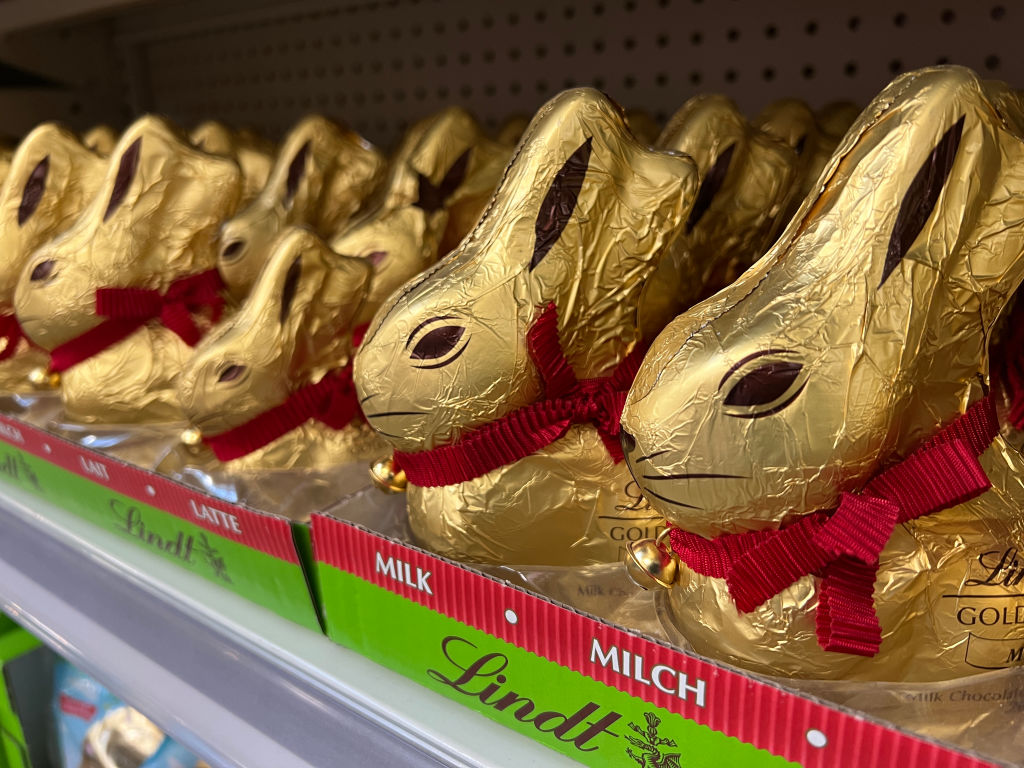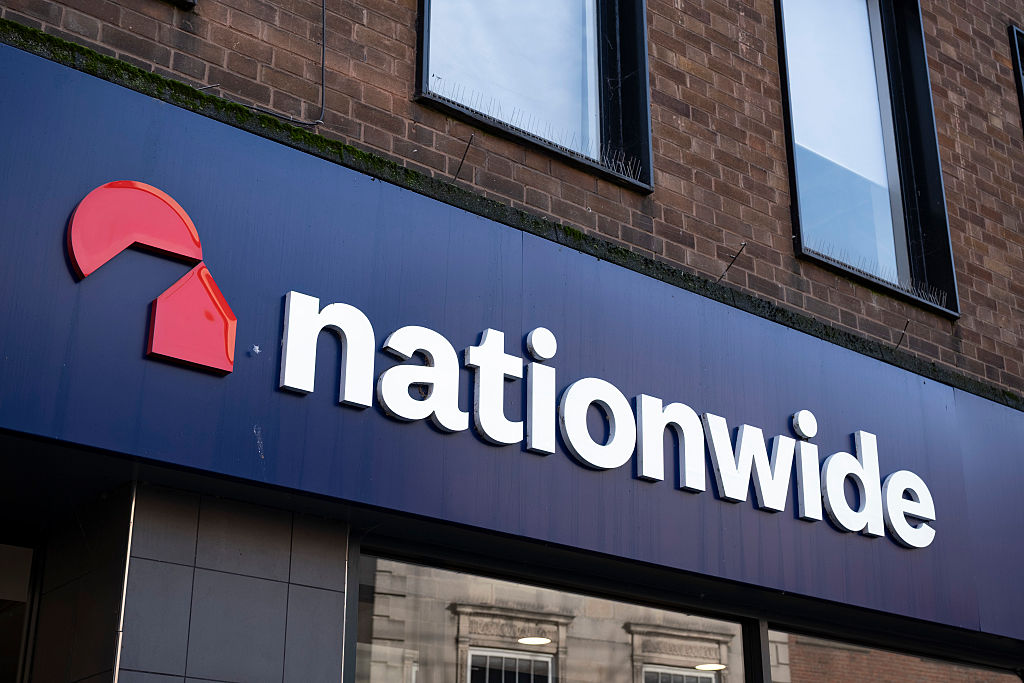Should you invest in chocolate stocks this Easter?
High cocoa prices and Trump’s tariffs could leave a bitter taste in the mouth of chocolate companies this Easter. Should you give chocolate stocks a swerve – or are they a good consumer staple for your portfolio?


Cocoa prices have fallen significantly from their peak in late 2024, but remain well above their long-term average. This, combined with the effect of Trump’s tariffs, could leave a bitter taste in the mouth of chocolate companies this Easter.
As of 16 April, cocoa futures are still north of $8,000 per metric ton, with higher prices having been driven by poor harvests in West Africa. Around 70% of the world’s cocoa supply comes from the region.
In its February earnings call, chocolate company Hershey said it expects cocoa prices to put pressure on earnings in 2025. Mondelēz said something similar – it expects adjusted earnings per share to drop 10% due to “unprecedented cocoa cost inflation”.
MoneyWeek
Subscribe to MoneyWeek today and get your first six magazine issues absolutely FREE

Sign up to Money Morning
Don't miss the latest investment and personal finances news, market analysis, plus money-saving tips with our free twice-daily newsletter
Don't miss the latest investment and personal finances news, market analysis, plus money-saving tips with our free twice-daily newsletter
“Manufacturers are raising prices, reducing product sizes, and exploring alternative ingredients to maintain profitability,” said Lale Akoner, global market analyst at eToro.
This comes with risks, though. Adapting popular recipes and shrinking bar sizes can invite consumer backlash. Cadbury recently invited criticism after reducing the number of Twirls in a multi-pack from ten to nine.
The other option is putting prices up – and with consumers still stretched after a period of high inflation, there are limits to how far they can go. This leaves chocolate companies in a sticky situation.
Trump’s tariffs could make chocolate more expensive
Donald Trump’s sweeping tariffs could push cocoa prices up further – potentially making chocolate more expensive.
As part of his “Liberation Day” tariffs, the US president announced a 21% duty on imports from the Ivory Coast, the world’s largest cocoa producer. This has now been paused for 90 days, with a 10% “baseline” tariff being applied instead. Ghana, another major cocoa producer, faces a 10% tariff.
“These tariffs threaten to increase production costs for American chocolate companies, potentially leading to higher consumer prices and strained supply chains,” Akoner said.
The issue could be compounded if retaliatory measures are imposed. The Ivory Coast’s agricultural minister Kobenan Kouassi Adjoumani threatened to “increase the price of cocoa” in response.
Although cocoa prices are determined on the global market, the country could raise export taxes on cocoa to earn more revenue. Akoner said this would “worsen cost pressures for chocolate producers and consumers alike”.
Should you invest in chocolate stocks?
Of course, while the cocoa issue is fairly specific to chocolate companies, the tariff issue is not. Investors will be hard-pressed to find many companies that aren’t impacted. It is more about identifying those which are better placed to weather the storm.
As consumer staples, chocolate companies could prove more resilient to tariffs than other parts of the market. Mondelēz and Hershey’s share prices have both fared pretty well amid the volatility of recent days.
Hershey is up 0.2% since Trump’s tariff announcement on 2 April, as of market close on 16 April. Mondelēz is up 0.5%. Both have outperformed the S&P 500 consumer staples sector, which is down 1.1% over the same period.
For those investors who do want some exposure to the chocolate industry, there are four big candidates you can consider – Hershey, Mondelēz, Nestlé and Lindt and Sprüngli. Other big names like Mars are privately-owned. Meanwhile, Cadbury is owned by Mondelēz.
Hershey is the cheapest of the four, based on trailing price-to-earnings (P/E) ratios. It is trading at around 15 times earnings, based on data from Yahoo Finance. Mondelēz and Nestlé are closer to 20, while Lindt is trading at around 40 times earnings.
It is worth noting that each of the companies has quite a different business model, though. We take a closer look at each of the four.
Hershey
Sixteen of Hershey’s 20 manufacturing and distribution properties are based in the US, according to its latest financial report. This means its finished products (largely made and sold in the US) won’t be particularly exposed to tariffs. The main challenge is likely to be supply chain costs, with ingredients like cocoa being slapped with taxes.
Over 90% of Hershey’s sales come from the North American market, which could also leave it exposed if the US economy takes a hit in response to the tariff-related disruption, with consumers cutting back on spending.
Mondelēz
Although it is an American company, Mondelēz has a global footprint and derives just 26% of revenues from the US. Its manufacturing base is also spread across the world. Only 21 of the company’s 147 manufacturing facilities are based in the states.
As with Hershey, finished products that are produced in the US and sold in the domestic market won’t face tariffs, but ingredients like cocoa will be hit.
Mondelēz is a far more diversified play than Hershey – not just in terms of its global sales footprint, but also its product range. Only 31% of Mondelēz’s revenues come from chocolate. The rest comes from other goods like biscuits, baked snacks, sweets and drinks.
Nestlé
Investors who want a more diversified candidate might also like the look of Swiss company Nestlé. It should be viewed as a fast-moving consumer goods company rather than a chocolatier. It owns over 2,000 brands overall, including cereal, coffee and pet food items.
Like Mondelēz, Nestlé serves a global market. Although 32% of the company’s sales came from the US last year, making it Nestlé’s biggest market, the company manufactures around 90% of what it sells locally. This could help it weather the tariff storm.
“We are in a unique, privileged position,” chief executive Laurent Freixe told reporters during Nestlé’s earnings call in February. “We have always had the strategy that we produce where we sell”.
Of course, some ingredients like cocoa will need to be imported from overseas and could be subject to tariffs, but confectionery only accounts for around 9% of the company’s sales.
Lindt and Sprüngli
Unlike Nestlé and Mondelēz, Swiss company Lindt and Sprüngli focuses specifically on chocolate, so is a less diversified investment.
The US is a significant market for the company, accounting for around 39% of sales, but for reasons similar to Nestlé, chief executive Adalbert Lechner thinks the tariff impact will be “relatively limited”. In a conversation with CNBC, he pointed out that a large amount of the company’s US produce is manufactured on American soil – around 95%.
Get the latest financial news, insights and expert analysis from our award-winning MoneyWeek team, to help you understand what really matters when it comes to your finances.
Katie has a background in investment writing and is interested in everything to do with personal finance, politics, and investing. She previously worked at MoneyWeek and Invesco.
-
 Football fans issued warning over ticket scams ahead of 2026 World Cup
Football fans issued warning over ticket scams ahead of 2026 World CupSantander customers lost more to football scams in the first six months of 2025 compared to the same period in 2024, when total losses surged due to the Euros
-
 Nationwide fined £44 million over “inadequate” anti-money laundering systems
Nationwide fined £44 million over “inadequate” anti-money laundering systemsFailings in Nationwide’s financial crime processes between October 2016 to July 2021 meant one criminal was able to deposit £26 million from fraudulent Covid furlough payments in just eight days.
